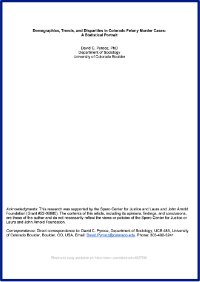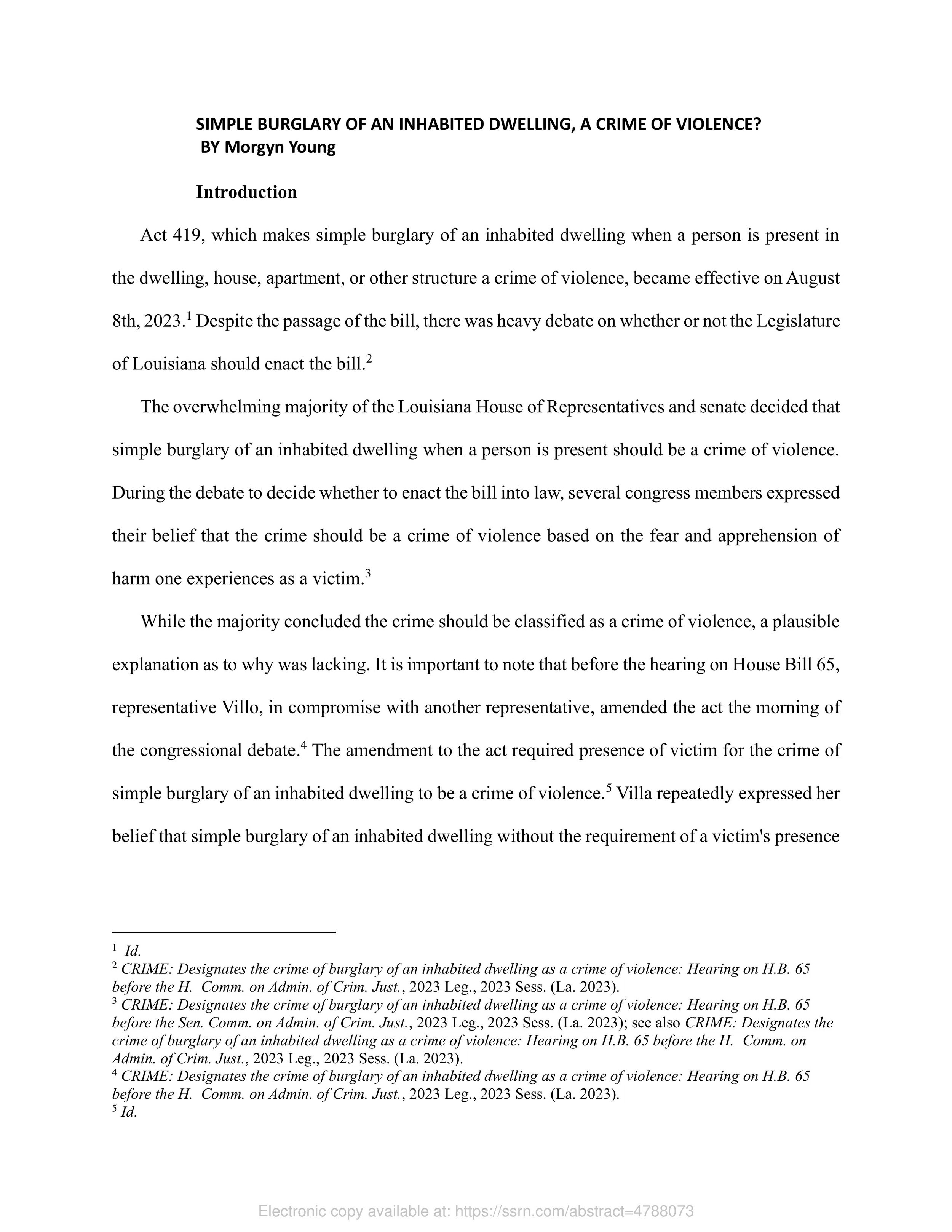By J. Andrew Hansen, Gabrielle L Lory
Rural criminal justice organizations have been overlooked by researchers and underfunded in the United States, exacerbating problems caused by the coronavirus pandemic. Access to victims' services has been a longstanding issue in rural communities, but has become more difficult due to stay-at-home orders and changes in daily activities. Requirements such as social distancing, necessitated by COVID-19, have increased the risk of domestic violence and rural service providers are less prepared than those in more populated areas. Rural law enforcement agencies, on the other hand, have traditionally operated with smaller budgets and staffs-conditions that have complicated the response to the unprecedented event. Many of the recommended practices for policing during a pandemic have been more applicable to larger urban and suburban departments with more resources and officers extended across many units. The strain on rural victims' services and law enforcement has been felt only a few months into the coronavirus pandemic, while the long-term effects are not yet known.
Southern Criminal Justice Association, 2020. 12p.





















